
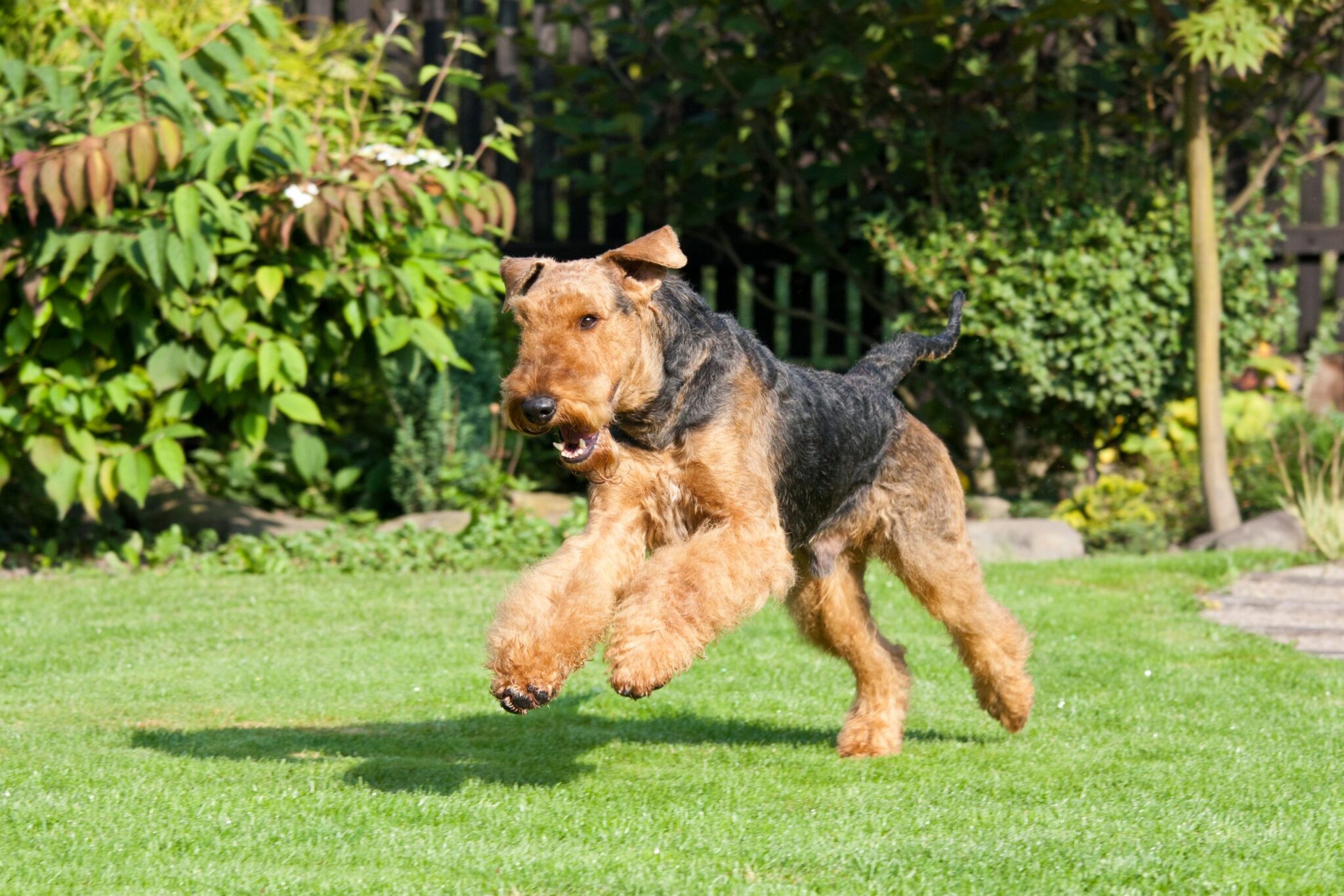 Shutterstock
Shutterstock
Throughout history, numerous dog breeds have fought alongside humans in battle, displaying loyalty, strength, and bravery. These warrior dogs served in various capacities, acting as soldiers, protectors, messengers, and even carrying supplies. Some guarded military camps, while others directly participated in combat. Although certain breeds are well-known for their contributions to warfare, others remain less celebrated despite their rich and significant histories. Each of these breeds played a crucial role in shaping military strategies and protecting their human companions during times of conflict.
Mastiff
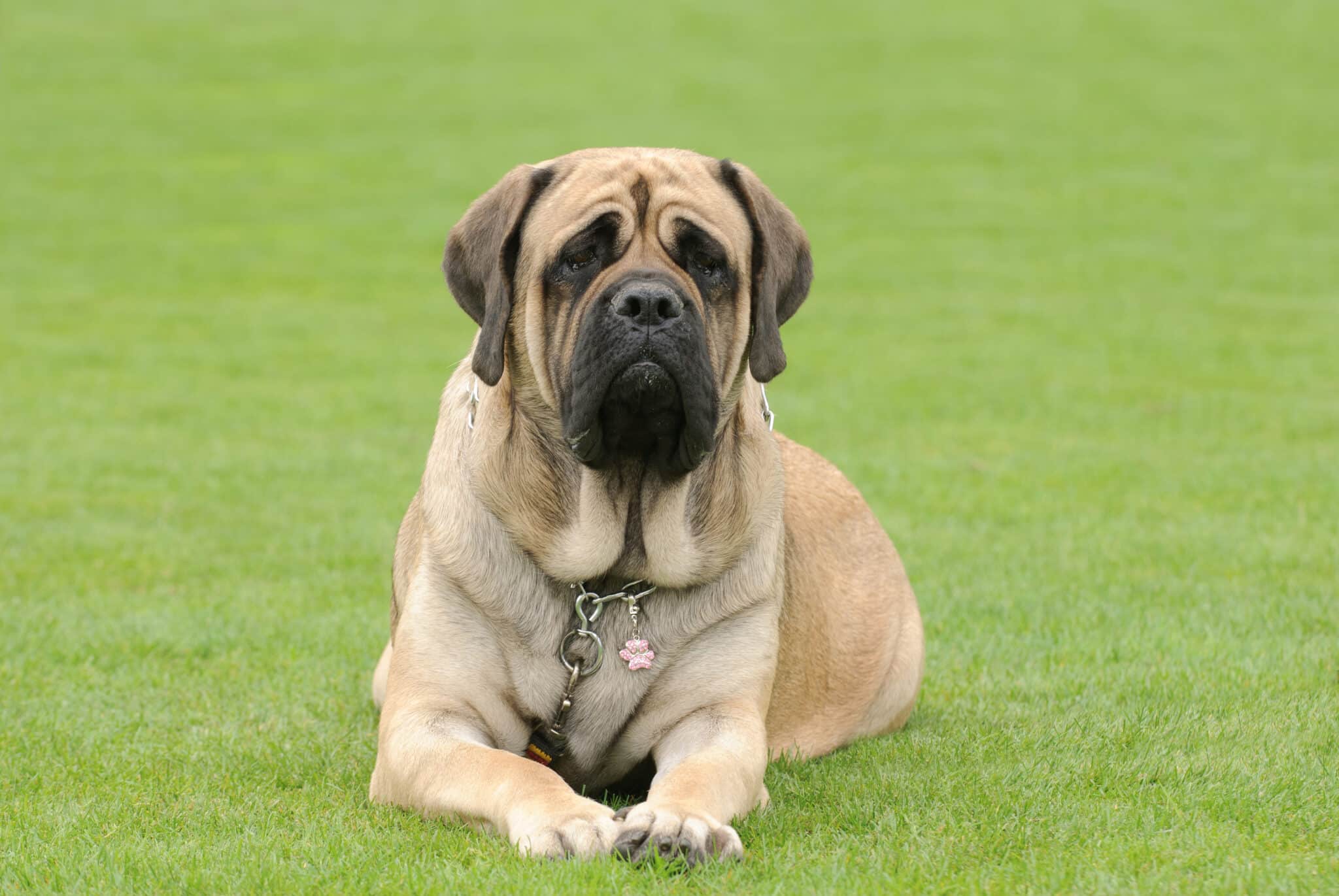 Shutterstock
Shutterstock
Mastiffs have been formidable warriors since ancient times, and their massive size and strength make them natural choices for war. In ancient Rome, Mastiffs were bred as war dogs and often went into battle adorned in armor. They were known for their ability to knock down opponents and bite through enemy armor. The Romans even equipped them with spiked collars and trained them to fight in formation. Beyond the Roman Empire, Mastiffs were also used by the Celts, who favored them for their size and power in battle. These dogs were fierce protectors of their handlers and fought with an unmatched fearlessness that helped them become an enduring symbol of strength and loyalty on the battlefield.
Cane Corso
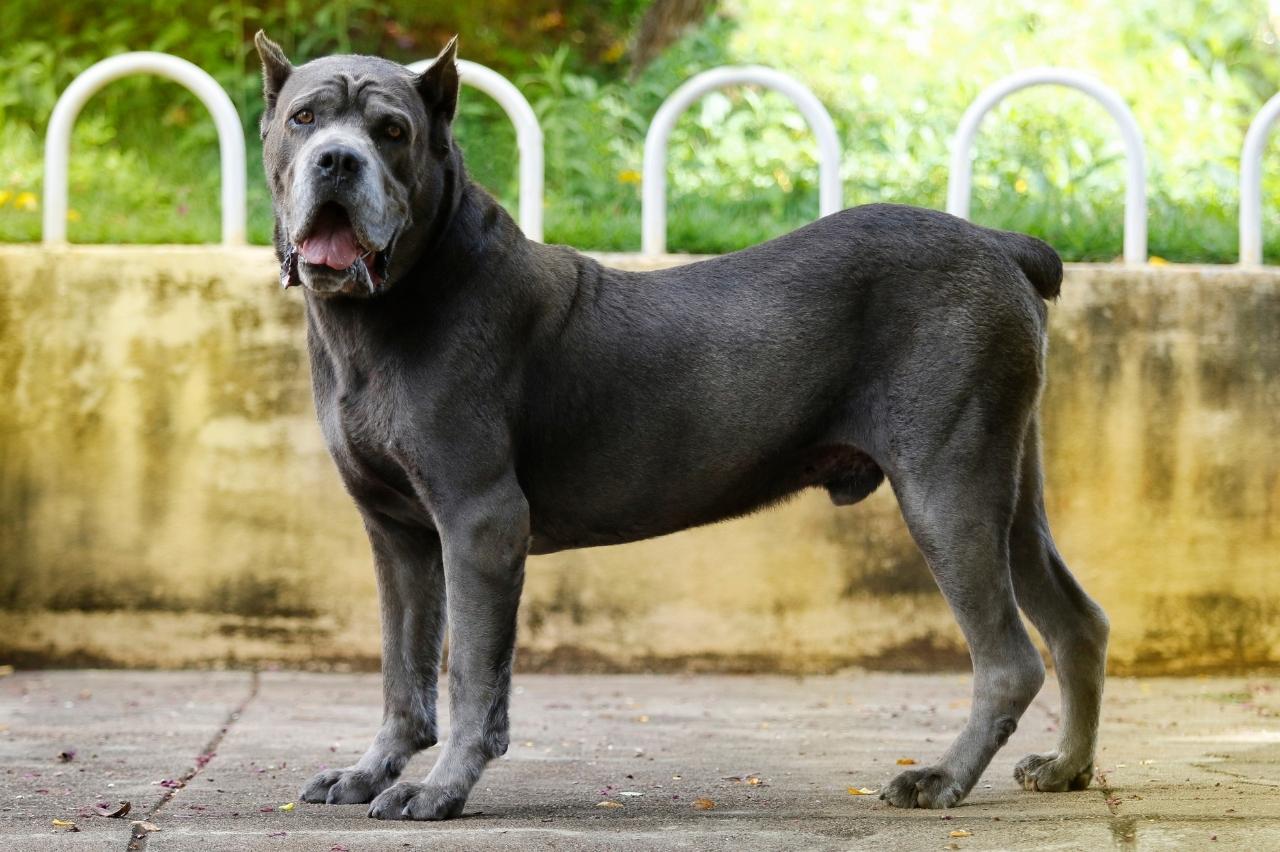 Shutterstock
Shutterstock
The Cane Corso, hailing from Italy, is another breed with a strong history as a war dog. These powerful, muscular dogs were descendants of the Roman Molossian dogs, which were often deployed in warfare. Cane Corsos were used in combat to charge enemy lines and assist soldiers in battle. Known for their intimidating presence, these dogs also served as guard dogs, protecting soldiers and their encampments from ambushes and theft. In addition to their combat roles, Cane Corsos were used to carry heavy loads and transport supplies, making them invaluable assets during military campaigns. The breed’s intelligence, loyalty, and physical prowess made them indispensable to Roman armies and later to farmers and landowners for their protective instincts.
Airedale Terrier
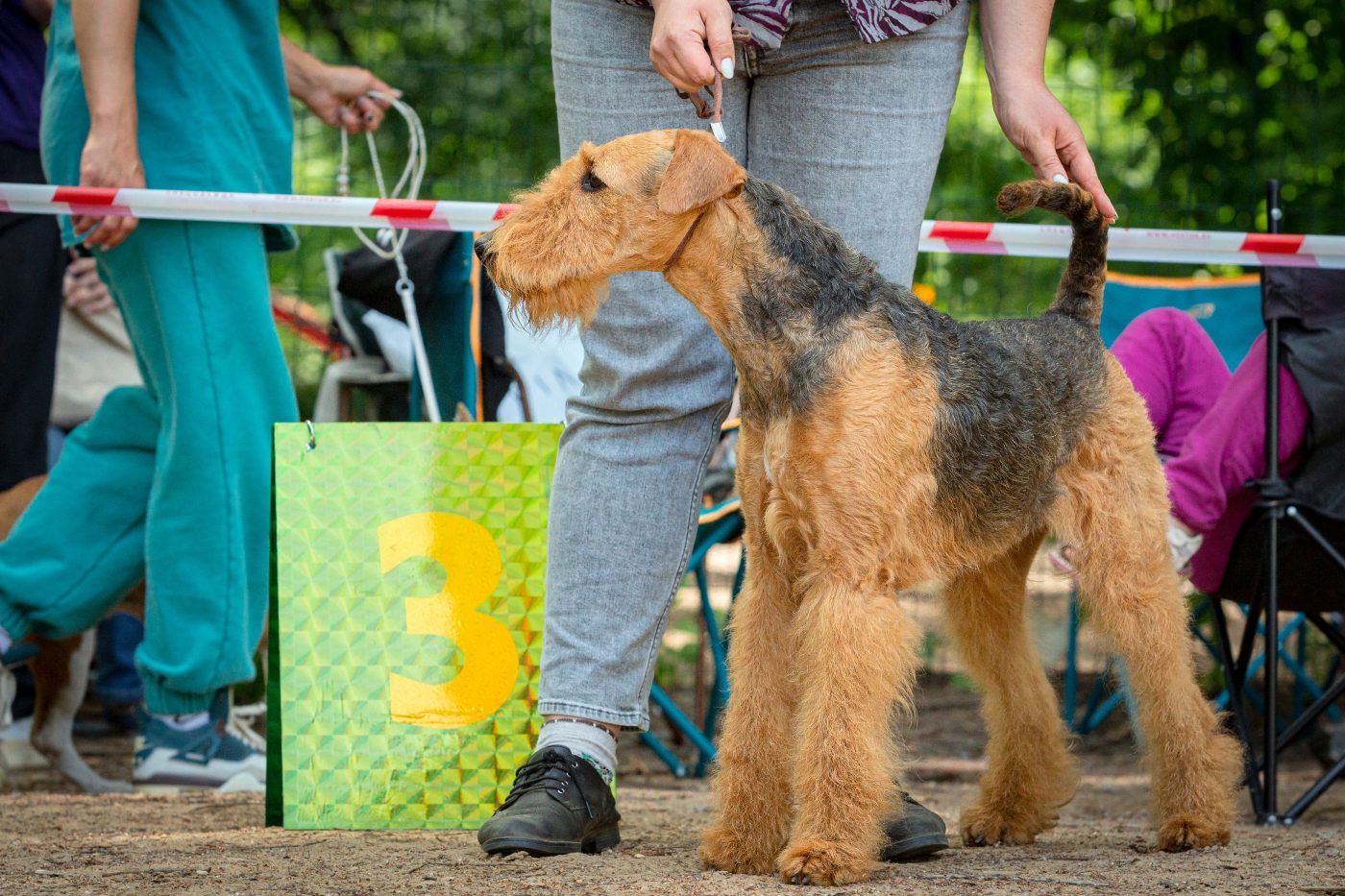 Shutterstock
Shutterstock
The Airedale Terrier, often dubbed the “King of Terriers,” was a valuable asset to British forces during World War I. Although terriers are not typically associated with war, the Airedale’s intelligence, versatility, and resilience made them highly suitable for military work. These dogs were used as messengers, carrying important communications across dangerous, war-torn landscapes. Airedales were also employed in search-and-rescue missions, as their keen senses allowed them to find wounded soldiers on the battlefield. Their bravery was legendary, with many Airedales earning medals for their service. Despite their smaller size compared to traditional war dogs, the Airedale Terrier’s courage and reliability earned them a place among the ranks of historical warrior breeds.
Perro de Presa Canario
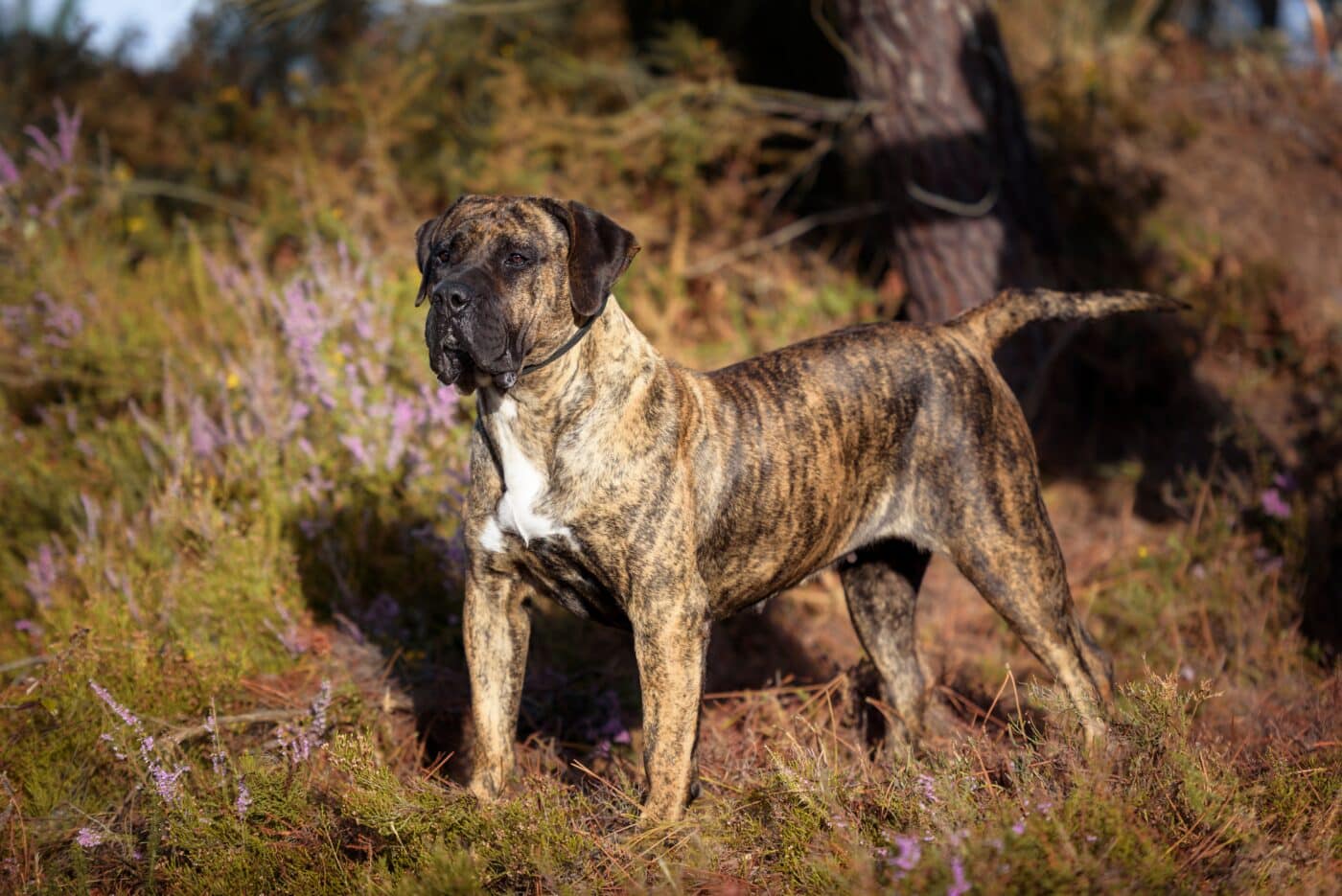 Shutterstock
Shutterstock
The Perro de Presa Canario, also known as the Canary Mastiff, is a lesser-known but historically significant warrior dog. Native to the Canary Islands, this powerful breed was originally used to guard livestock and fend off wild animals. However, their fearsome strength and loyalty quickly earned them a reputation as formidable war dogs. The Spanish military utilized the Perro de Presa Canario during conquests and colonial expansion. Their intimidating presence made them excellent at protecting soldiers and their camps, while their aggression in battle made them fearsome opponents. This breed’s strong protective instincts, combined with its muscular build and courage, made the Perro de Presa Canario a true warrior on the battlefield.
Alano Español
 Shutterstock
Shutterstock
The Alano Español, another lesser-known breed, played a crucial role in Spanish warfare during the Middle Ages and the Spanish conquest of the Americas. These robust dogs were used by Spanish soldiers to charge into battle, help capture prisoners, and hunt large game. The breed’s name, “Alano,” is derived from the Alans, a nomadic warrior people who used large, powerful dogs in battle. Alanos were often released in the heat of battle to chase down enemies, using their strong jaws and tenacity to overpower opponents. Their loyalty to their handlers and fearlessness in combat made them indispensable in both war and hunting, securing their place in the history of warrior dogs.
Irish Wolfhound
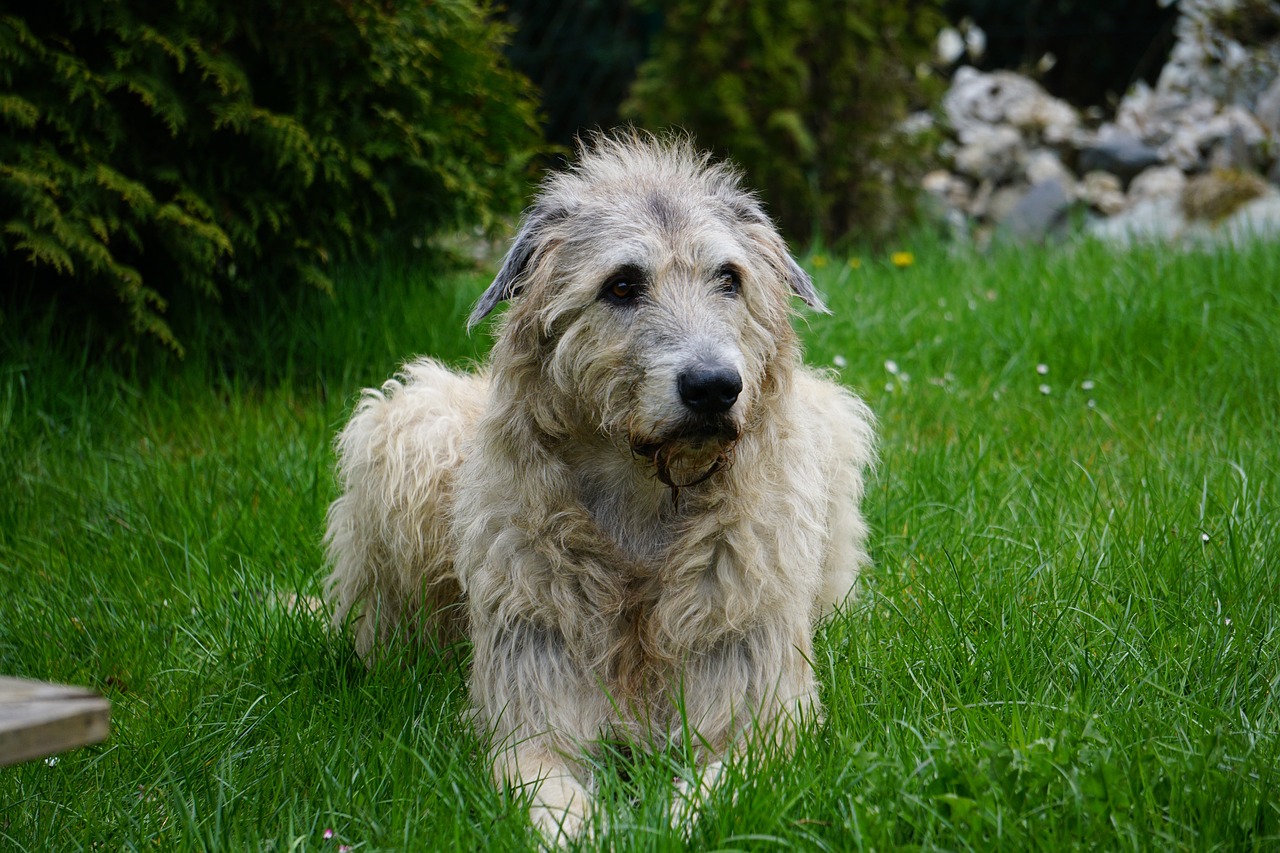 Shutterstock
Shutterstock
The Irish Wolfhound, known for its impressive size and strength, was once a fierce warrior breed in ancient Ireland. Originally bred to hunt wolves and large game, the Irish Wolfhound’s strength and imposing stature made them valuable in warfare. Irish chieftains used these dogs to pull soldiers from their horses, knock down enemies, and defend against intruders. The breed was revered for its bravery, with many tales of Irish Wolfhounds standing by their masters in battle, refusing to back down even in the face of overwhelming odds. Though they are now known for their gentle and calm demeanor, the Irish Wolfhound’s warrior heritage is deeply ingrained in their history, making them one of the most respected warrior breeds of ancient times.
The Battle May Be Over, But the Tail-Wagging Lives On
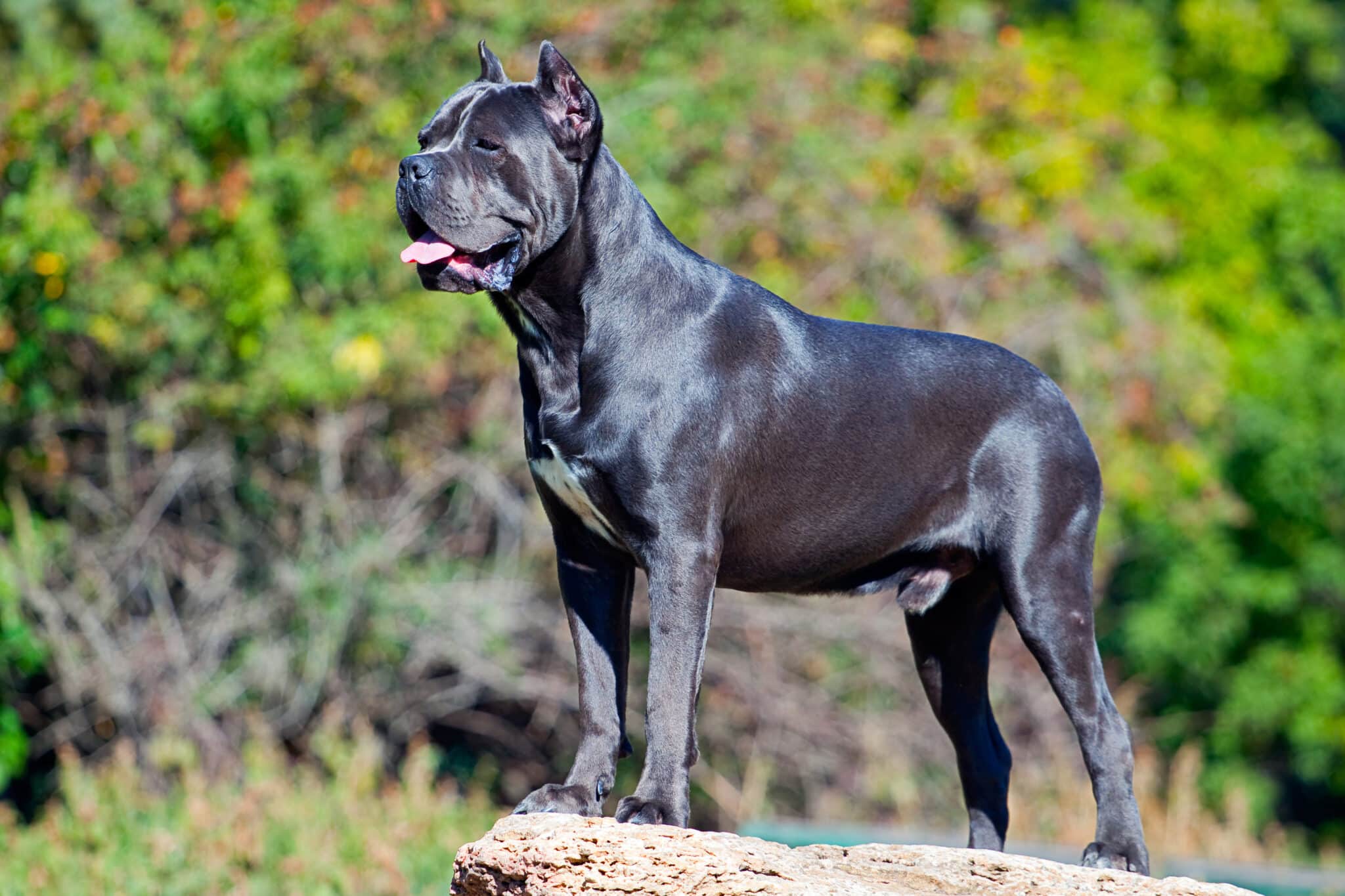 Shutterstock
Shutterstock
While the role of dogs in warfare has evolved, these historical warrior breeds continue to capture our admiration for their strength, courage, and loyalty. Whether they served as protectors, fighters, or messengers, each of these breeds played a vital role in shaping history. Even today, their legacy lives on, not only in the annals of history but in the hearts of dog lovers everywhere. Whether guarding homes and farms or simply providing companionship, these warrior dogs will forever be remembered for their contributions to human history.

